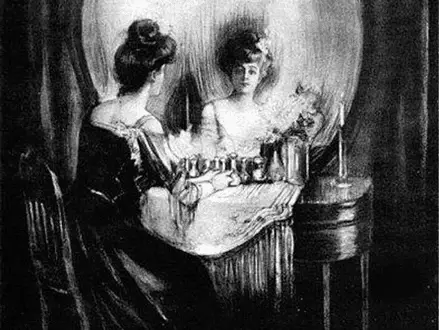The history of optical illusions in art combines intent and expression, with a generous dose of deception and fun thrown in for good measure. Throughout history, works of art have reflected the conditions, viewpoints, and outlooks of the people who made them. Incorporating new styles, techniques, and ideas that might be done intentionally or unintentionally.
Renaissance optical illusions highlight a curiosity with physical perspective and individualism, whereas later 17th and 18th-century creative genres show experiments with light, colour, realism, and the abstract universe. In the nineteenth and twentieth centuries, artists continued to experiment with conceptual art approaches and mind-bending mediums.
Optical illusions in art have a unique way of manipulating the human eye, whether they be gruesome, amusing, or even mathematical.
These 10 amazing optical illusions in art are some of my personal favourites..
Always make sure to take a step back from the image if you can’t see the illusion.
1. ‘All Is Vanity,’ 1892
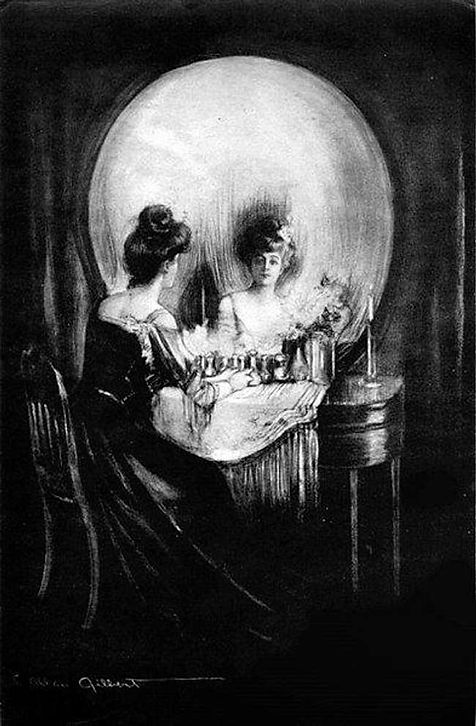
All Is Vanity, by artist Charles Allan Gilbert, is inspired by the biblical passage from Ecclesiastes.
The lady in the painting is staring in a mirror while seated at a vanity from one perspective; from another, the mirror and her transient image resemble parts of a skull.
The drawing uses a double image (or visual pun) in which a lady admiring herself in a mirror looks to be a human skull when viewed from a distance. Because this style of dressing-table is sometimes known as a vanity, the title is also a pun. It alludes to human vanity and arrogance. Vanity has traditionally been shown in art as a lady concerned with her appearance.
2. ‘Landscape Shaped Like a Face,’ 1600s

Landscape Shaped Like a Face, one of Wenceslaus Hollar’s many etchings, uses rocks, water, trees, and other natural elements to convert a plain stretch of ground into the profile of an elderly man.
3. ‘Escaping Criticism,’ 1874
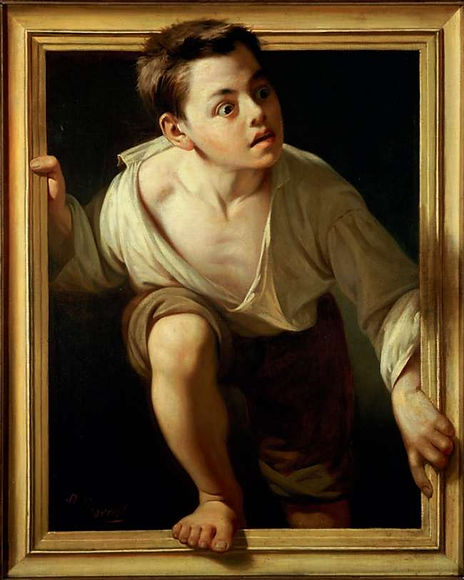
The painting Escaping Criticism by Pere Borrell del Caso conveys the sense that a small kid is jumping through a frame, fleeing whatever problem is chasing him.
4. ‘The Apotheosis of St. Ignatius,’ 1690

The Apotheosis of St. Ignatius by Andrea Pozzo transforms the appearance of a ceiling into a multi-dimensional masterpiece, making it appear as though people are creeping down from above into the Church of St. Ignatius in Rome.
5. ‘Frescoes in the Camera degli Sposi,’ 1473
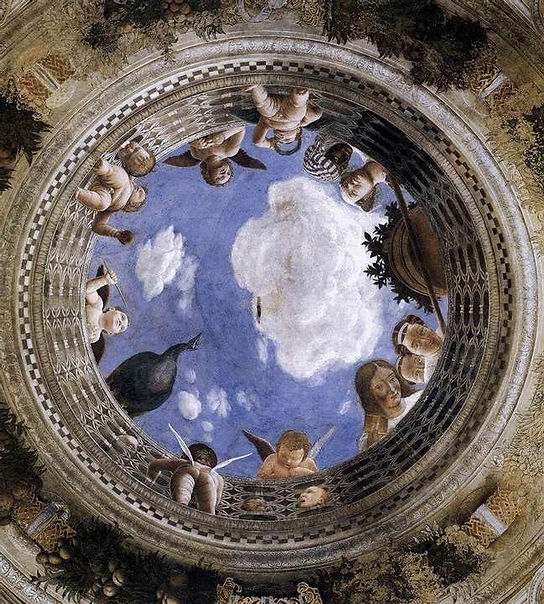
Andrea Mantegna painted a picture of the skies on the ceiling of the Camera degli Sposi, or “Bridal Chamber,” in the Palazzo Ducale in Mantua, Italy.
Looking above, blue sky, clouds, and bystanders appear to be staring down from above.
6. ‘The Vegetable Gardener,’ Circa 1590

The Vegetable Gardener by Italian painter Giuseppe Arcimboldo appears to be a dish of vegetables at first glance. The work of art transforms into the head of a man when turned upside down, likely the gardener who cultivated and gathered the veggies.
Some others, on the other hand, see sexual connotations in the upside-down image’s nose, lips, and cheeks.
7. ‘The Librarian,’ Circa 1570
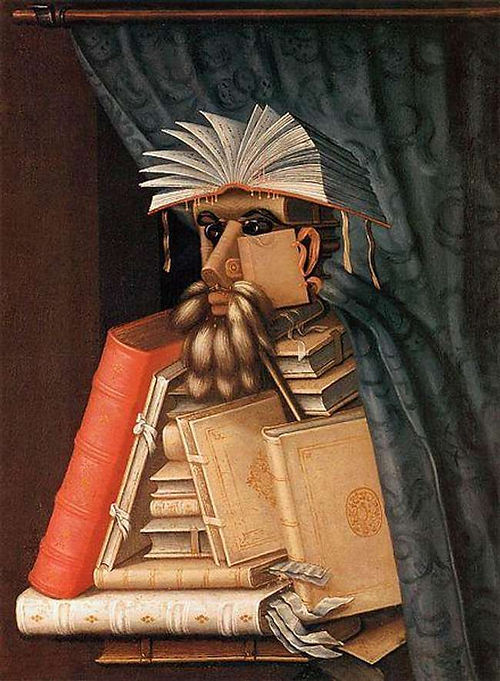
Giuseppe Arcimboldo worked with commonplace objects to create portraits. This book collection is a well-crafted stack and, as the name implies, a librarian.
8. ‘A Young Man and a Young Woman Looking Through an Opening in a Wall,’ Unknown Date
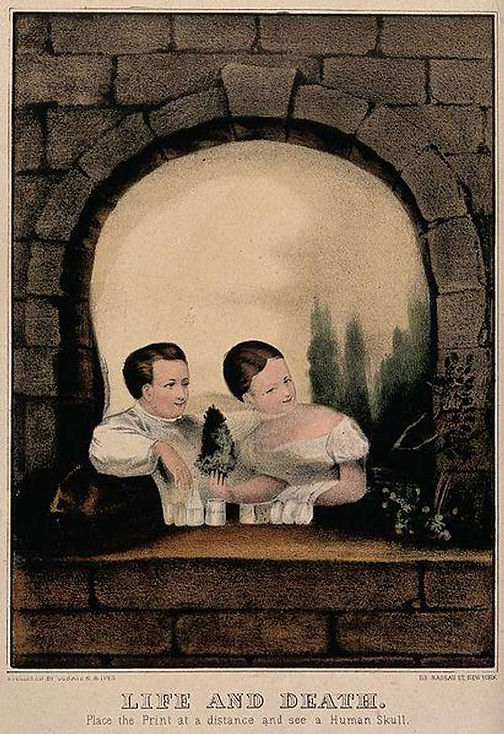
This poster appears to depict a man and a lady staring through a window at first glance. When you take a closer look, you’ll notice that it’s a human skull, complete with what appear to be fangs.
9. ‘The Ambassadors,’ 1533

Hans Holbein’s The Ambassadors, which features two French ambassadors, Jean de Dinteville and Georges de Selve, is recognised for some of its distinctive aspects, like the twisted skull in the forefront.
10. ‘Arnolfini Portrait,’ 1434

Look attentively at Jan van Eyck‘s Arnolfini Portrait to notice the foreground reflected in the wall mirror. The painter is also visible in the convex mirror.
Information Citations
En.wikipedia.org, https://en.wikipedia.org/.

